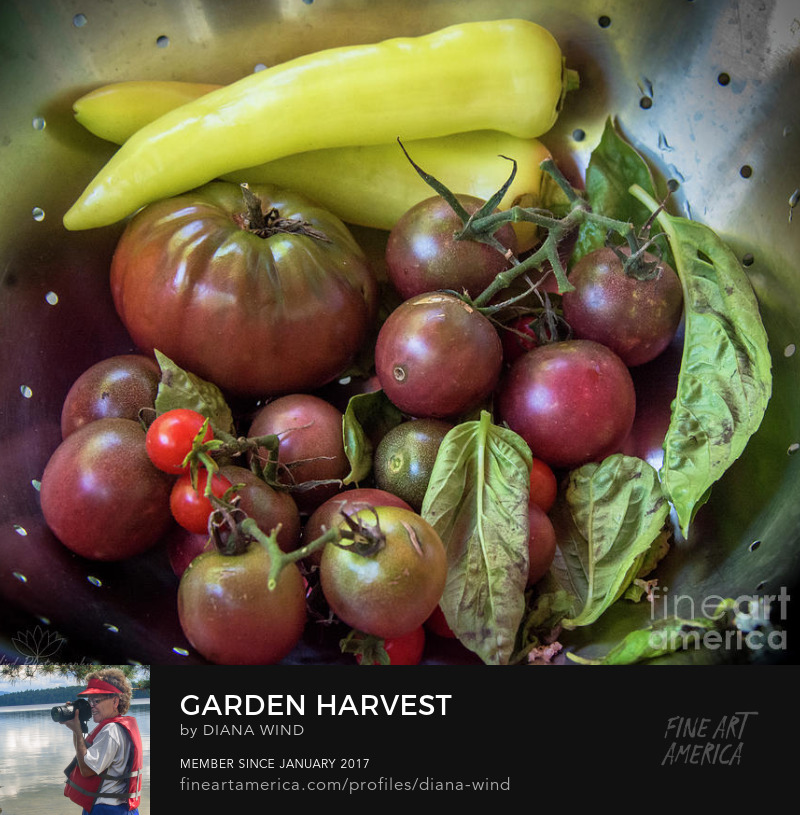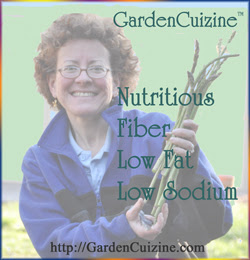Heart Healthy
Honey Roasted ♥ Cocoa Volcano Dust
P E C A N S
Fruits, Vegetables, NUTS and Seeds are good sources of PLANT STEROLS (phytosterols) that have been shown to lower cholesterol and reduce the risk of heart disease. Eat nuts alone as a snack or use them in recipes as part of a heart healthy diet. These jazzed up pecans make a nutritious addition to holiday cookie trays or atop
a holiday garden salad.
The U.S. Food and Drug Administration (FDA) has approved the following qualified health claim: “Scientific evidence suggests, but does not prove, that eating 1.5 ounces per day of most nuts, such as pecans, as part of a diet low in saturated fat and cholesterol, may reduce the risk of heart disease.”
Ingredients
1 pound raw pecan nuts
1/4 cup sugar
2 teaspoons unsweetened cocoa
1 teaspoon cardamom
1/2 tsp nutmeg
1/2 tsp ground dried hot peppers from your garden
1/2 tsp salt
1/4 tsp ground cumin
1/8 cup water
1/8 cup honey
2 tablespoons canola oil
Putting it all together
- Preheat oven to 350 degrees F. Line a baking sheet with aluminum foil. Layer the nuts on your baking sheet and roast for 10 minutes or until fragrant and toasted.
- Grind your dried hot peppers (seeds and all) in a spice grinder (we use a small coffee grinder just for spices)
- In a small bowl combine the sugar, salt, cocoa and spices
- Add the wet ingredients to the dry ingredients and set aside.
- Place the toasted nuts in a large bowl and toss with the spice mixture.
- Return the nuts to the lined baking sheet and bake another 8-10 minutes.
- Allow to cool on the baking sheet.
- Store in air tight container. Serve atop holiday garden salads, as a snack, or in your favorite baked goods or recipes.
GardenCuizine Nutrition Data PECANS: calculated by Diana Wind, RD using USDA Nutrient Reference Data
Excellent Source: Manganese
Good Source: dietary Fiber, Thiamin
1ounce (28g) PECANS = 193 calories; dietary Fiber 3g (11% DV); 276 mg Omega 3; Monounsaturated fat 11.4g; Polyunsaturated fat 6.1g; Saturated fat 1.7g; Protein 2.6g (5% DV); Thiamin 0.2 mg (12% DV); Magnesium 34 mg (8% DV); Manganese 1.3mg (63% DV); Zinc 1.3 mg (8% DV); Phytosterols 29 mg
Related Links
Pecan Nutrition in a Nutshell
Antioxidants in Pecans















































